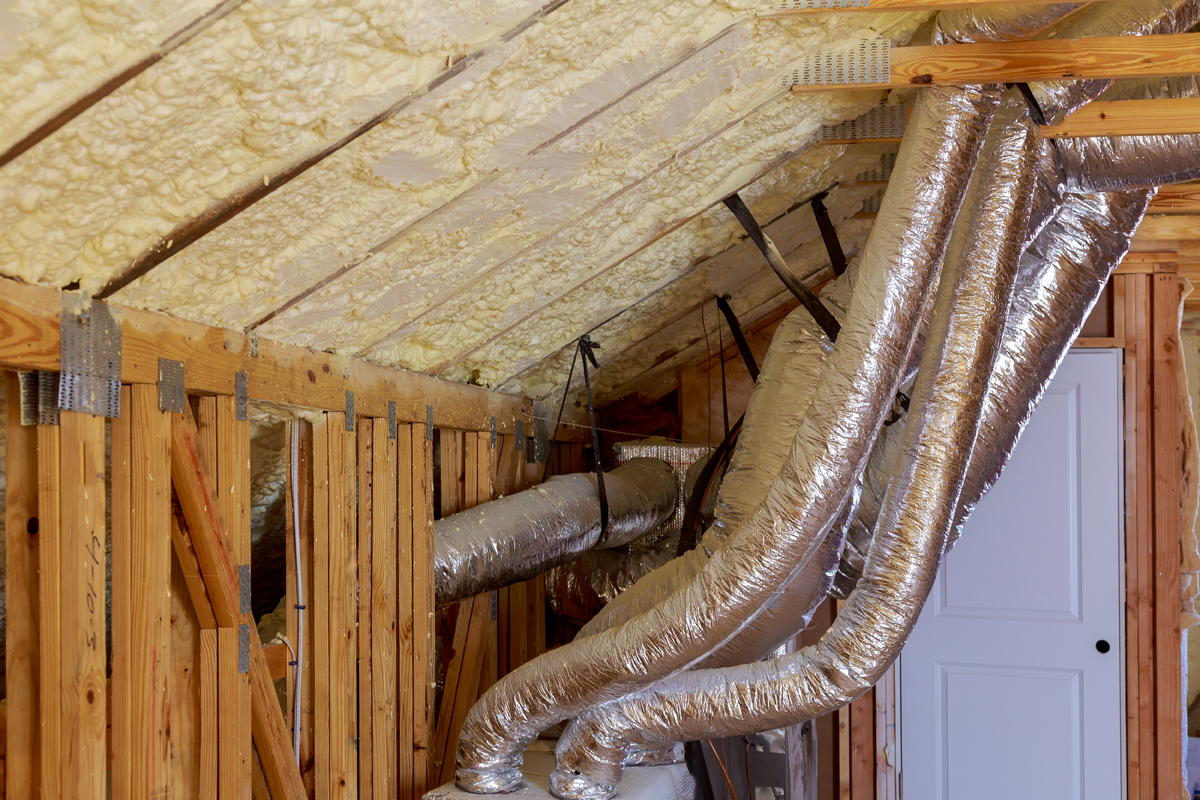
How To Tell The Difference Between Cellulose And Asbestos Insulation
Until the end of the 1980’s, asbestos was commonly used as an insulator and fire retardant. So, how can you tell the difference between this form of insulation and cellulose?
Asbestos Insulation
Asbestos is, in fact, a natural mineral. Asbestos is flexible and soft, but has terrific erosion and heat resistance, as well. Beginning in the early 1950’s, the construction industry used asbestos mainly as a fire retardant and insulator. Older buildings and homes will often feature asbestos in insulation, drywall, tiles, the attic and tile grout.
With that being said, as long as there is no damage or wall cavities exposing any asbestos fibers to the living areas, it has been deemed to be safe. Whenever asbestos particles become airborne, though, this becomes a series health issue. Contact the professionals immediately for removal.
Cellulose Insulation
As an alternative to asbestos insulation, cellulose is constructed of several different materials. These materials include hemp, straw, newspaper, cardboard, and more. Paper-based cellulose will be treated with boric acid to ensure it is fire resistant.
Dry cellulose, which is also known as loose-fill insulation, is one of the most common forms of cellulose insulation. With this type, builders use a blower to push the cellulose through wall holes. This can also be used to fill wall cavities. Wet spray cellulose is used to apply to new walls. The biggest difference between the two types is that water is added to the wet spray version.
Just like asbestos, cellulose works within pipes, wiring and walls. It works to prevent fire and insulate your home at the same time. Cellulose uses recycled material, which is a big plus for homeowners looking to go green.
Differences Between Asbestos And Cellulose Insulation
Asbestos and cellulose will certainly look similar during any sort of visual inspections. There are similar issues with vermiculite attic insulation, which is difficult to determine whether or not asbestos is contained within. It is recommended to avoid touching this material and call the professionals right away.
When you have more than ten square feet of asbestos present in the home, you should call a professional abatement company. These projects create an extremely high risk of exposure and contamination. Professional contractors can quickly and safely remove any harmful agents.
Next Steps For Homeowners
If you have identified asbestos in your living area(s), follow these steps:
- Leave the asbestos material untouched.
- Limit access of all individuals to any hazardous areas within the home.
- Call professionals to remove the asbestos.
- Do not sweep or vacuum any debris.
- Never track asbestos material on your clothing or shoes.
Native Environmental LLC In Phoenix, Arizona
Native Environmental LLC is a industrial cleaning company located in Phoenix, Arizona offering a full list of industrial cleaning services including mold removal/remediation, asbestos removal/remediation, mercury spill clean up, silo cleaning and more. We can also help with industrial cleaning in Tempe, Tucson, Chandler, Gilbert, Glendale, South Phoenix, Central Phoenix, Scottsdale, Arizona and more.